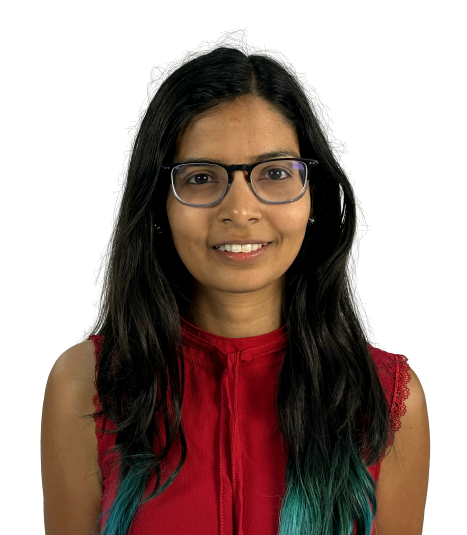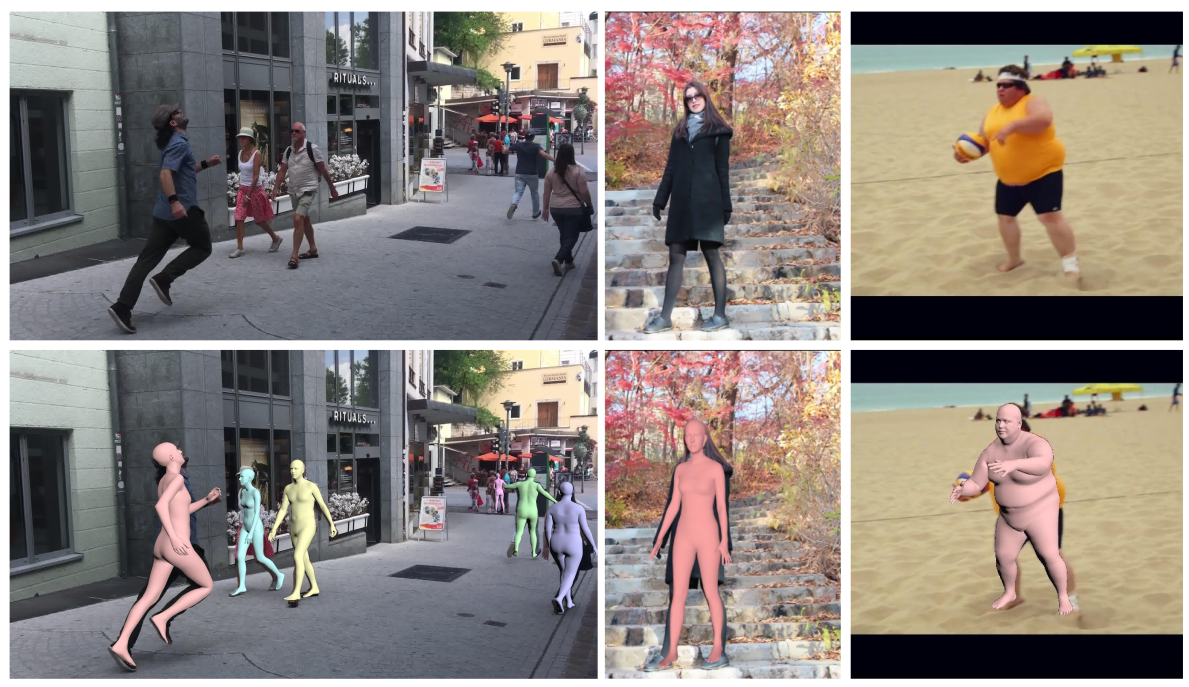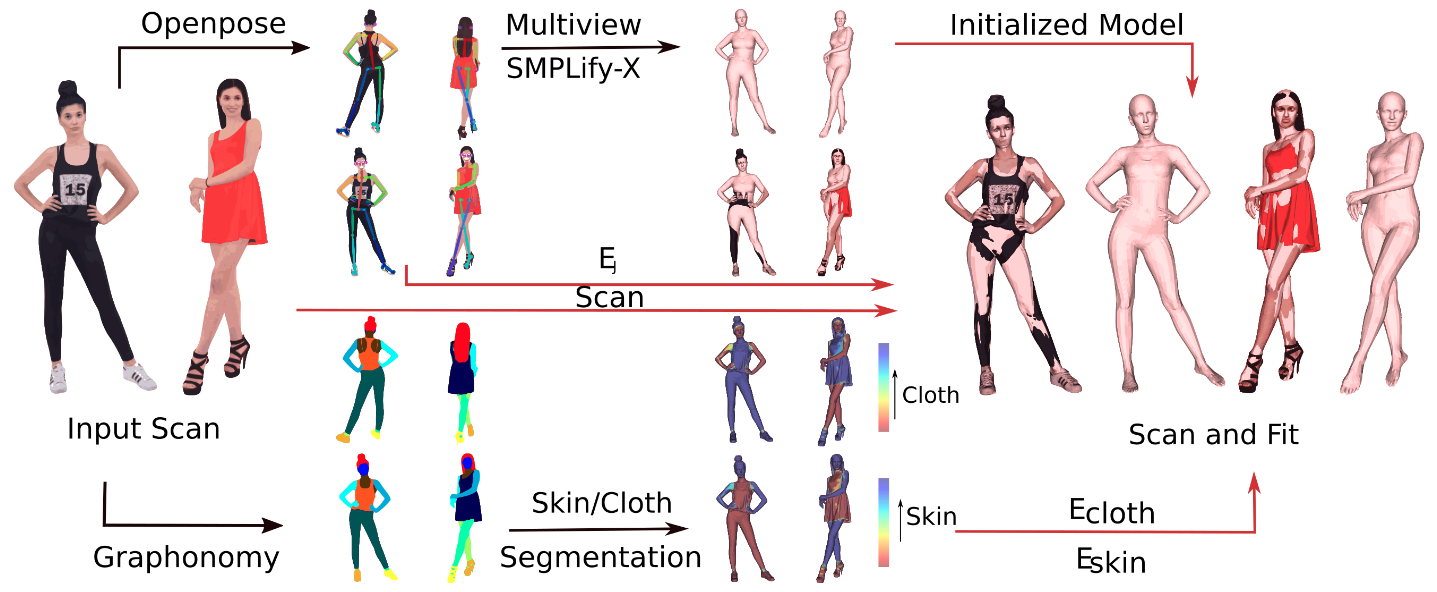More about me!
Hello, my name is Priyanka Patel. I have been working as a Research Engineer at the Max Planck Institute for Intelligent Systems in Tübingen since October 2018. As part of my responsibilities, I have successfully implemented scalable code for registering different body models to 3D scans. I have also trained models for 3D human pose and shape estimation from monocular images using synthetic data and developed evaluation benchmarks for 3D human pose and shape estimation methods.
Prior to my work at the Max Planck Institute, I was a Data Scientist at Zapr Media Labs in Bangalore, where I focused on anomaly detection in time series TV viewership data and user profile generation using topic modeling techniques. Before that, I have served as a Lead Engineer at the Samsung R&D Institute in Bangalore. I did my Matser's in Computer Science and Engineering from IIT Bombay and my thesis was on designing a Data-Assisted Interface for Hand-Drawn 2D Animation.
priyankapatel1201@gmail.com








